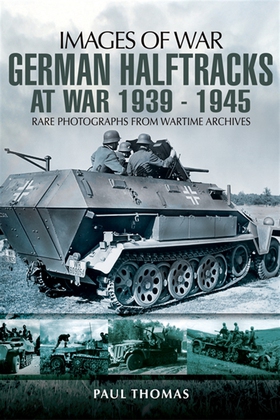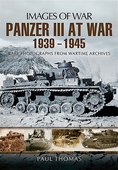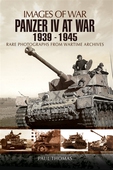
Lägg till önskelistan
German Halftracks At War 1939-1945 (Images of War) e-bok
Pris
115 kr
In the aftermath of The Great War, which saw the introduction of the tank, the more far sighted military leaders realized that the future of warfare hinged on a balance of mobility, firepower and protection.
Tanks would need to be accompanied into battle by supporting arms, specifically infantry, artillery and engineers. An all fully-tracked field army was thought to be too expensive, so the semi-tracked support vehicle (commonly called a halftrack) was born. The halftrack concept was embr...
E-Bok
115 kr
Pris
Förlag
Pen and Sword
Utgiven
23 Februari 2021
Längd
160 sidor
Genrer
Historia & Arkeologi, Fackböcker
Serie
Images of War
Språk
English
Format
epub
Kopieringsskydd
Vattenmärkt
ISBN
9781783038527
In the aftermath of The Great War, which saw the introduction of the tank, the more far sighted military leaders realized that the future of warfare hinged on a balance of mobility, firepower and protection.
Tanks would need to be accompanied into battle by supporting arms, specifically infantry, artillery and engineers. An all fully-tracked field army was thought to be too expensive, so the semi-tracked support vehicle (commonly called a halftrack) was born. The halftrack concept was embraced by the French, the US and most notably Germany.
The Germans commissioned numerous types of half-tracked tractors, which were classified by the weight of their towed load. These vehicles were designated Sonderkraffarzeug (special motorized vehicle), abbreviated as Sd.Kfz. Without these vehicles the Blitzkrieg would not have been possible.
These front-wheel steering vehicles with tracked drive transformed the fighting quality of the armored divisions. They carried the infantry alongside the advancing panzers and brought guns and pontoon-bridge sections. The halftrack also became the preferred reconnaissance vehicle.







